News
Inclusivity and Accessibility Turn Web3 Game Developers Into Industry Leaders
ChainPlay
•
23 days ago
Share :
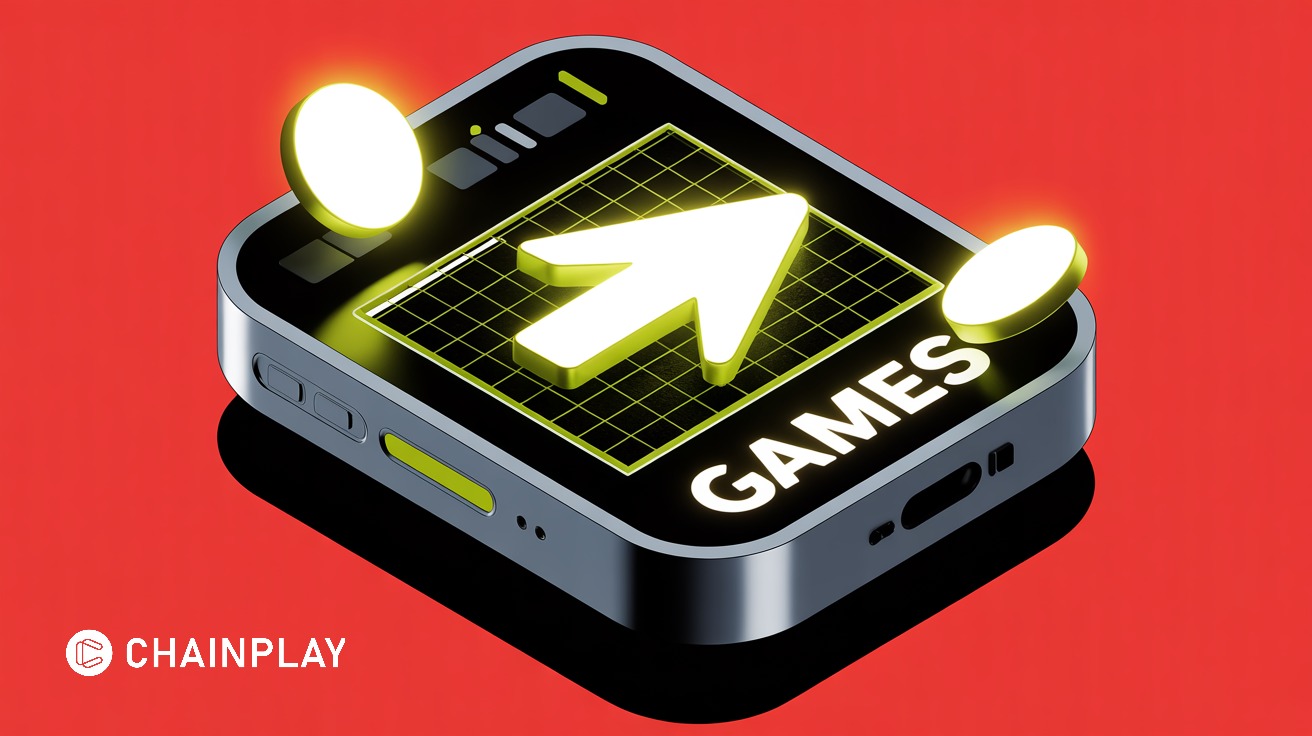
Recent statistics show that 83.6% of internet users worldwide played video games, with 97.1% of users in the Philippines playing games as it's the most saturated market this year. The figure isn’t surprising. What’s more surprising is how few blockchain games are designed to welcome the massive audience awaiting new titles and adventures.
Despite the promise of decentralization, many Web3 games lock players out with wallet-only access, obscure onboarding, and clunky interfaces. Yet, there’s one corner of crypto gaming that’s already getting things right. Discover why inclusivity and accessibility matters, and which games are offering both for players to enjoy the titles they love from any device at any time.
The Unexpected Blueprint for Accessible Web3 Gaming
Blockchain Cryptocurrency - Free Stock Image
While they’re rarely lumped in with “blockchain gaming” by developers chasing PvP or metaverse ambitions, Bitcoin casinos quietly meet the very goals many Web3 projects miss. They're accessible from nearly any device, support a wide range of wallets and tokens, and load in-browser without downloads or complex installations. Industry expert Nichole Blackwell says the localization efforts, 24/7 customer support, and fast withdrawals welcomes players everywhere.
Most allow users to deposit instantly from mobile or desktop. There's no forced NFT purchase or multi-step bridging. Interfaces tend to be clean and built for speed, often localized into dozens of languages. New players don’t need to understand crypto jargon to start. They just click, load a balance, and play.
These platforms are also mobile-friendly by design. They work well even on low-end devices and slow connections. Accessibility tools like scalable fonts and high-contrast modes are common, even if not labeled as such. It's simple, fast, and welcoming, a sharp contrast to many blockchain games still stuck in beta interfaces or behind Metamask gates.
Why Accessibility Still Gets Overlooked in Web3 Gaming
Despite billions being poured into blockchain gaming, many studios build for the tech-savvy minority, focus on a single wallet, and reduce retention rates by offering single language support. These games are also often complicated by tokenomics players don’t understand combined with a lack of clear terms and conditions.
New players are often greeted with tokenomics diagrams, rather than clear “Start Playing” buttons. Casual gamers, those without deep crypto knowledge, are quietly excluded. These friction points are avoidable, but still common.
Even more basic accessibility needs are ignored. Text size can’t be changed. Interfaces clash in color. There’s no audio guidance, no screen reader compatibility. For players with vision impairments or motor limitations, the Web3 space is often inaccessible by design.
That’s not a technology limitation. It’s a design decision. One made, often, by teams focused on investors rather than users.
The Role of Language and Localization in Player Retention
English still dominates blockchain gaming. That’s a mistake. Roughly only 25% of global internet users understand English, yet few blockchain titles account for that. While a recent Web 3 market report shows that North America and Europe lead, Southeast Asia, Latin America, and the Middle East hold a good portion of the market. However, these gamers aren’t native English speakers.
The games that do localize tend to outperform. Look at Axie Infinity Origins, which offers interfaces in Tagalog, Vietnamese, Spanish, and more. Their regional community managers often hold in-person meetups. That extra step builds trust and keeps players engaged.
It’s not only about interface language, either. Localization also means reflecting cultural aesthetics, local gameplay styles, and platform availability. Mobile-first isn’t optional in Indonesia or Brazil. It’s expected. Games that only work well on desktop won’t scale in those regions.
Games That Are Making Access a Priority
Some developers are pushing back against the gated nature of early blockchain titles. Take Pixels, one of the few Web3 games to thrive in a browser environment. Players can try it out without a wallet. It loads quickly, works well on mobile, and focuses on gameplay before explaining token mechanics. That’s a smart choice, and one reason why it’s retained a large casual audience even months after launch.
Gods Unchained has also made onboarding easier. Players can join without touching crypto. The game provides a custodial wallet and auto-generated login if needed. Once players are comfortable, they can link their Web3 wallet later.
Nine Chronicles takes a similar approach. Although it runs on its own chain, it doesn't require players to buy tokens upfront. A social login is enough to begin. That’s a small decision with a big impact, especially for users testing blockchain games for the first time. The game is so focused on accessibility and inclusivity that Nine Chronicles M was launched as a Coincheck NFT last year.
These aren’t perfect models. But they show that it’s possible to build in accessibility without sacrificing token mechanics or community structure.
Why Simpler UX Wins in the Long Term
A wallet wall might keep bots out, but it also turns away humans. Casual players don’t want to be finance students. They want frictionless access. That means letting people play before they commit. Giving them room to learn without risking their funds.
It also means designing for mobile-first from the start. Did you know that 62.45% of internet traffic is mobile in 2025? In comparison, only 35.7% of internet users access the web via a desktop while 1.8% use tablets. Ignoring that is not just a missed opportunity. It’s a broken strategy. Games that require desktops or high-speed internet limit their reach dramatically.
And yet, the solution isn’t complicated. Reduce the steps. Offer guest modes. Use fiat onramps where legal. Add localization. Make UIs readable. The gains aren’t just ethical. They're commercial. More users. More retention. More real players.
Final Thoughts
Inclusivity and accessibility in blockchain gaming shouldn’t be niche goals. They should be the standard. Web3 promised to open digital economies to everyone, but it’s still struggling to deliver that at the player level.
These casinos show what’s possible when design focuses on simplicity, speed, and openness. Their model isn’t perfect, but it’s worth learning from.
The next era of blockchain games won’t be defined by who builds the flashiest metaverse or deepest token mechanics. It’ll be shaped by the teams that make it easiest for people to just start playing. Without barriers. Without jargon. Without delay. That’s what inclusivity looks like. And it’s overdue.
Share this article
#Other
Latest News
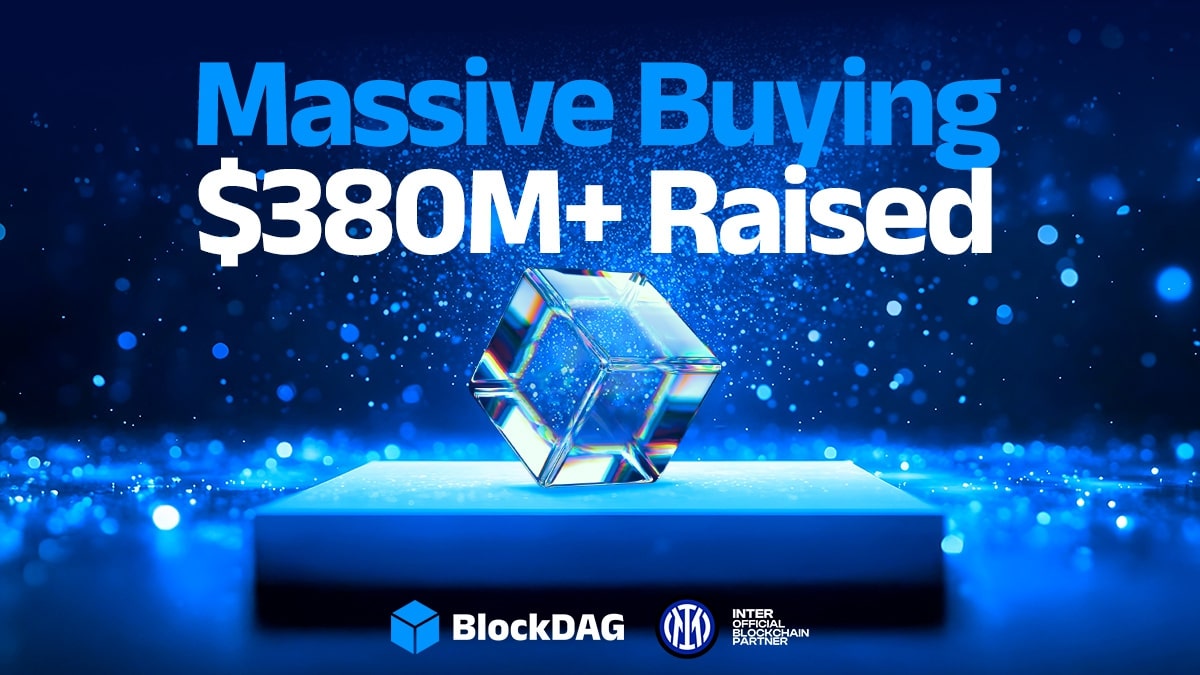
BlockDAG’s $385M Surge Roars Louder Than Solana’s Breakout
an hour ago
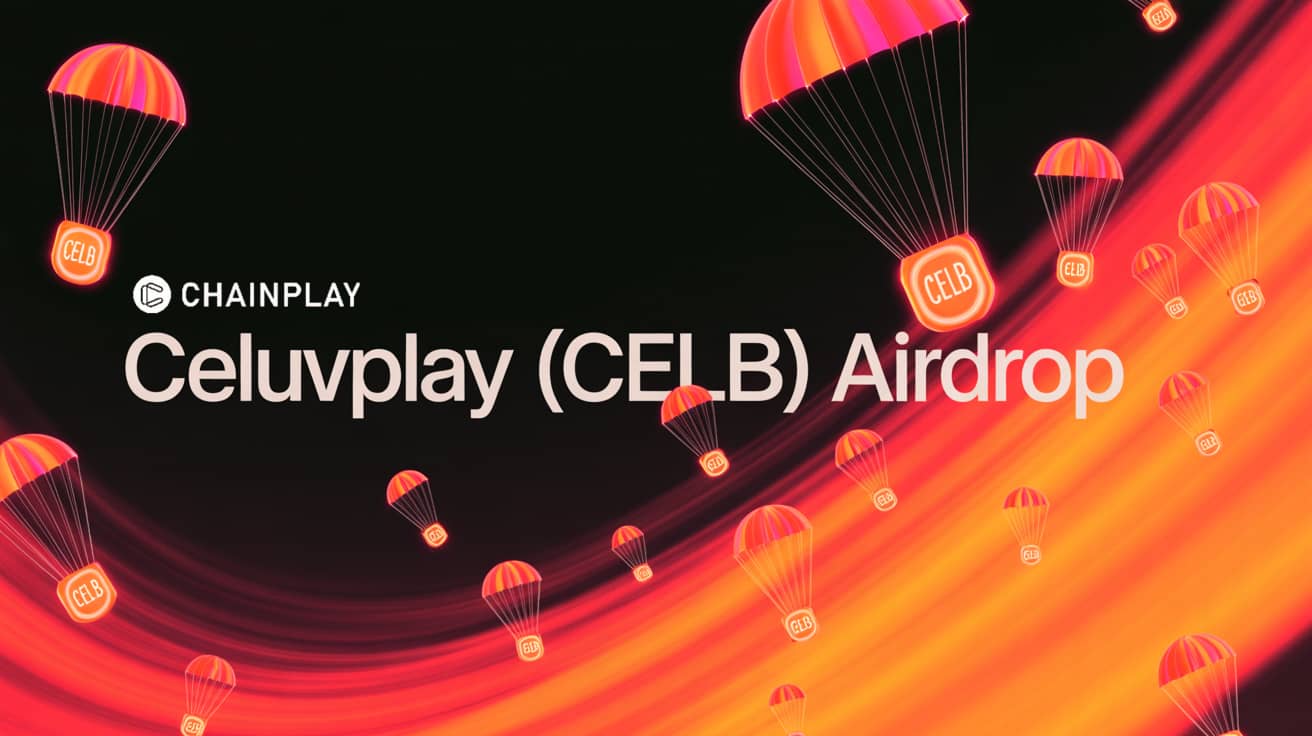
CeluvPlay (CELB) Airdrop: Official Launch on Binance
7 hours ago
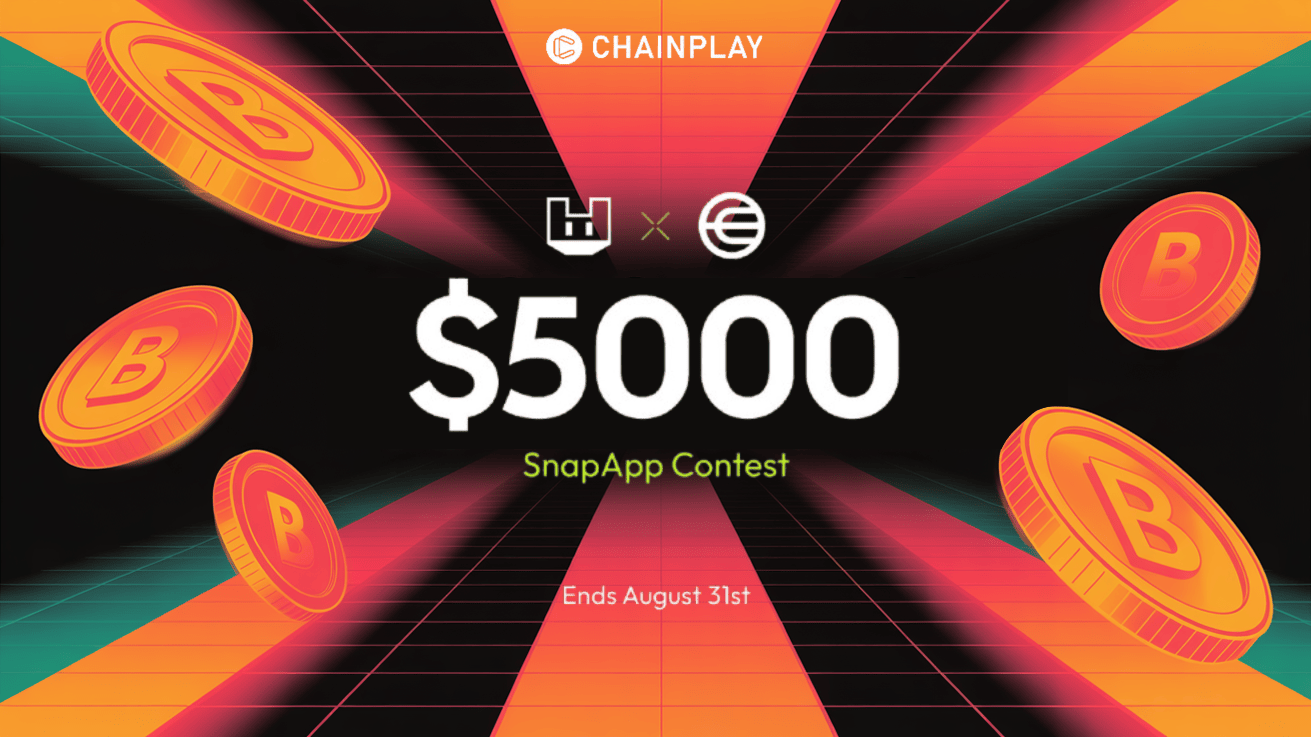
Remix Expands AI Gaming with Snap Apps on World App
12 hours ago
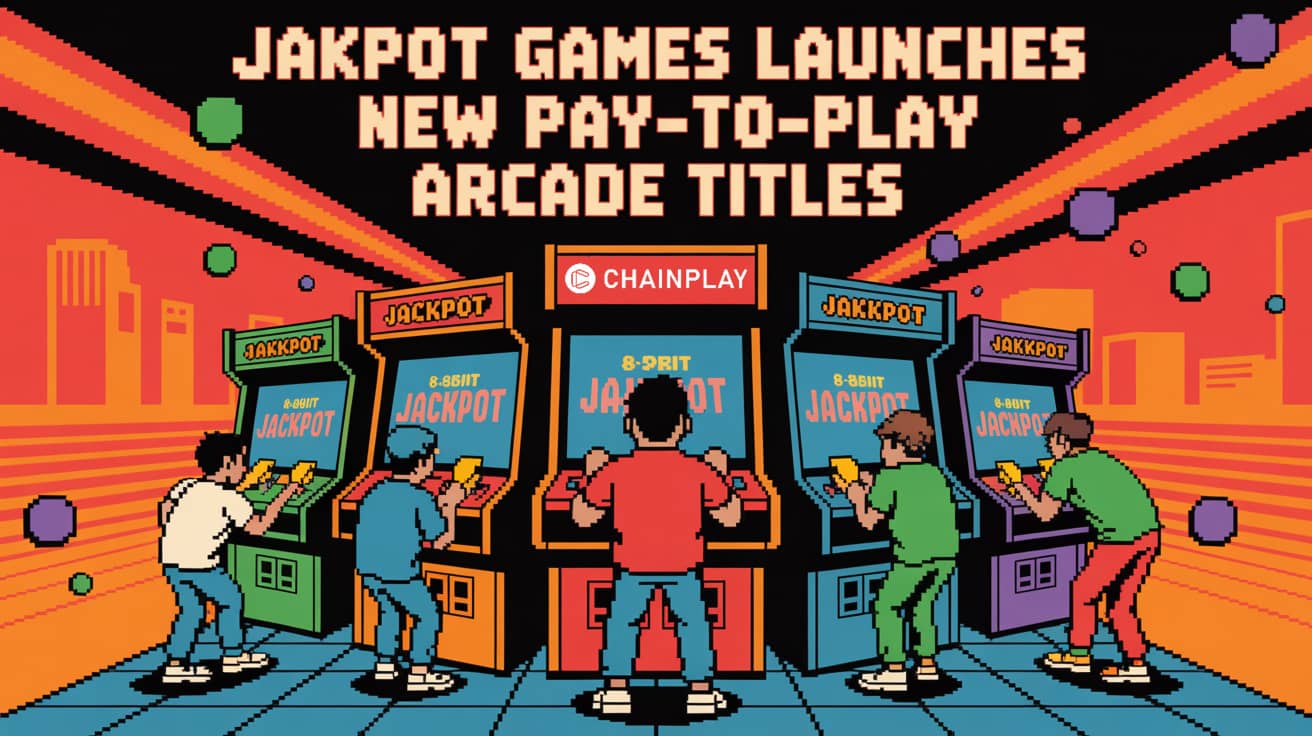
Jakpot Games Launches New Pay-To-Play Arcade Titles
21 hours ago
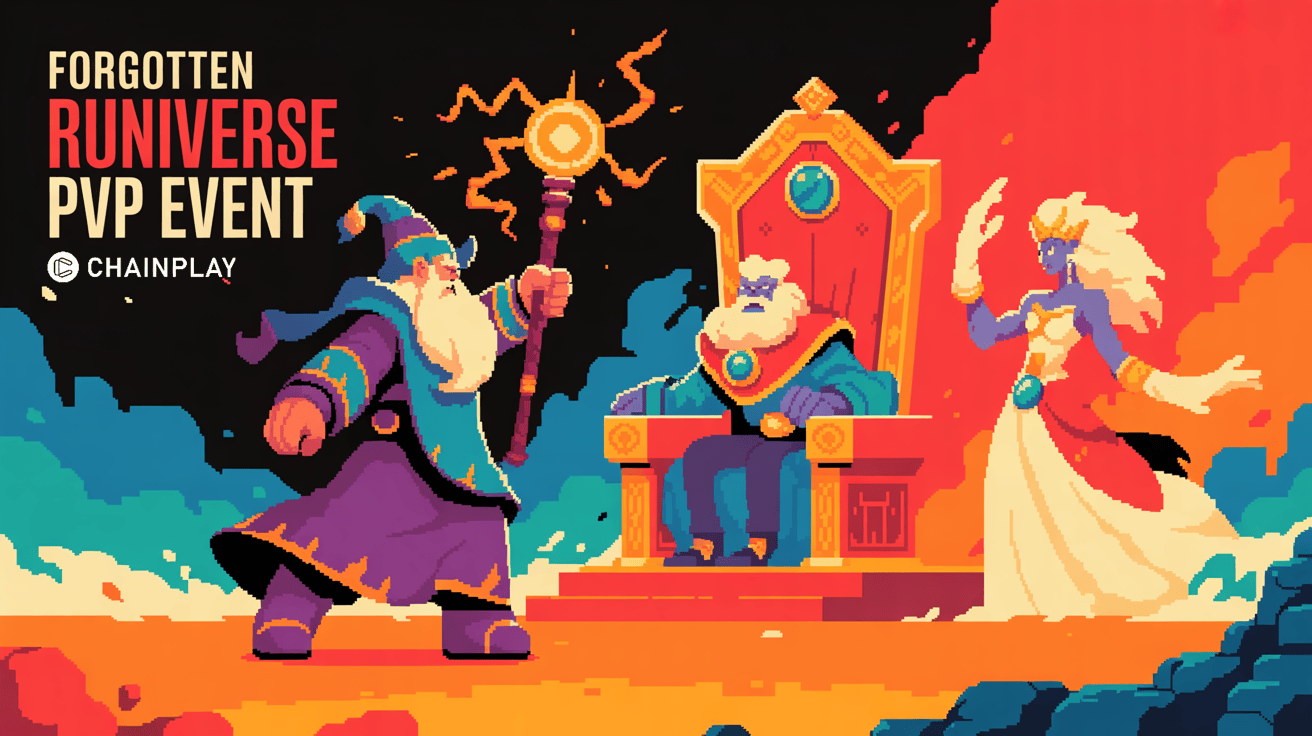
Forgotten Runiverse PvP Event Puts 2.5 Million $PIXEL
yesterday
Related articles

Remix brings AI games to World App with Snap Apps, a $5000 Worldcoin contest, and rewards for creators through token airdrops and game jams.
ChainPlay
•
12 hours ago

CeluvPlay (CELB) launches on Binance Alpha on August 29. Eligible users can claim their airdrop with Binance Alpha Points once trading opens.
ChainPlay
•
7 hours ago

Solana eyes $236, Dogecoin builds toward a 30% breakout, but BlockDAG’s $385M presale, X1/X10 miners, and audited security dominate attention.
ChainPlay
•
an hour ago



